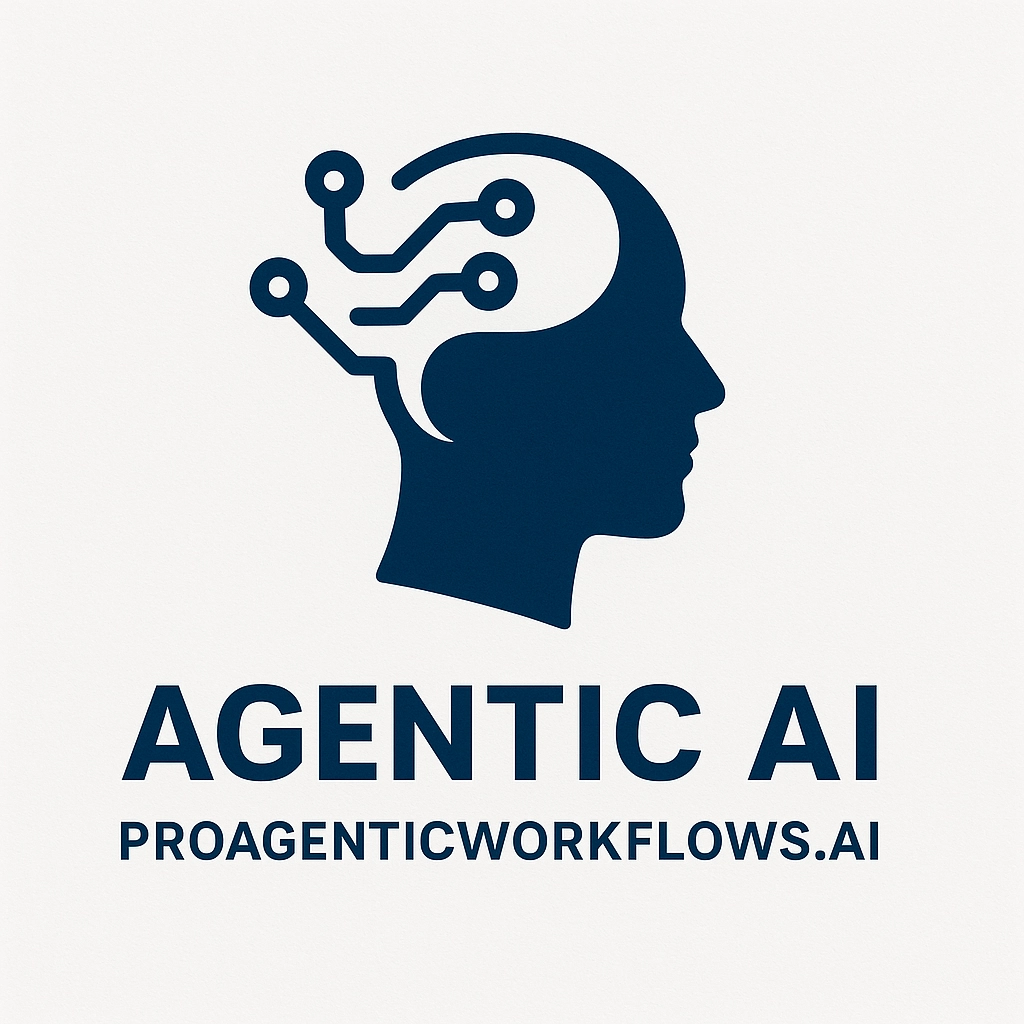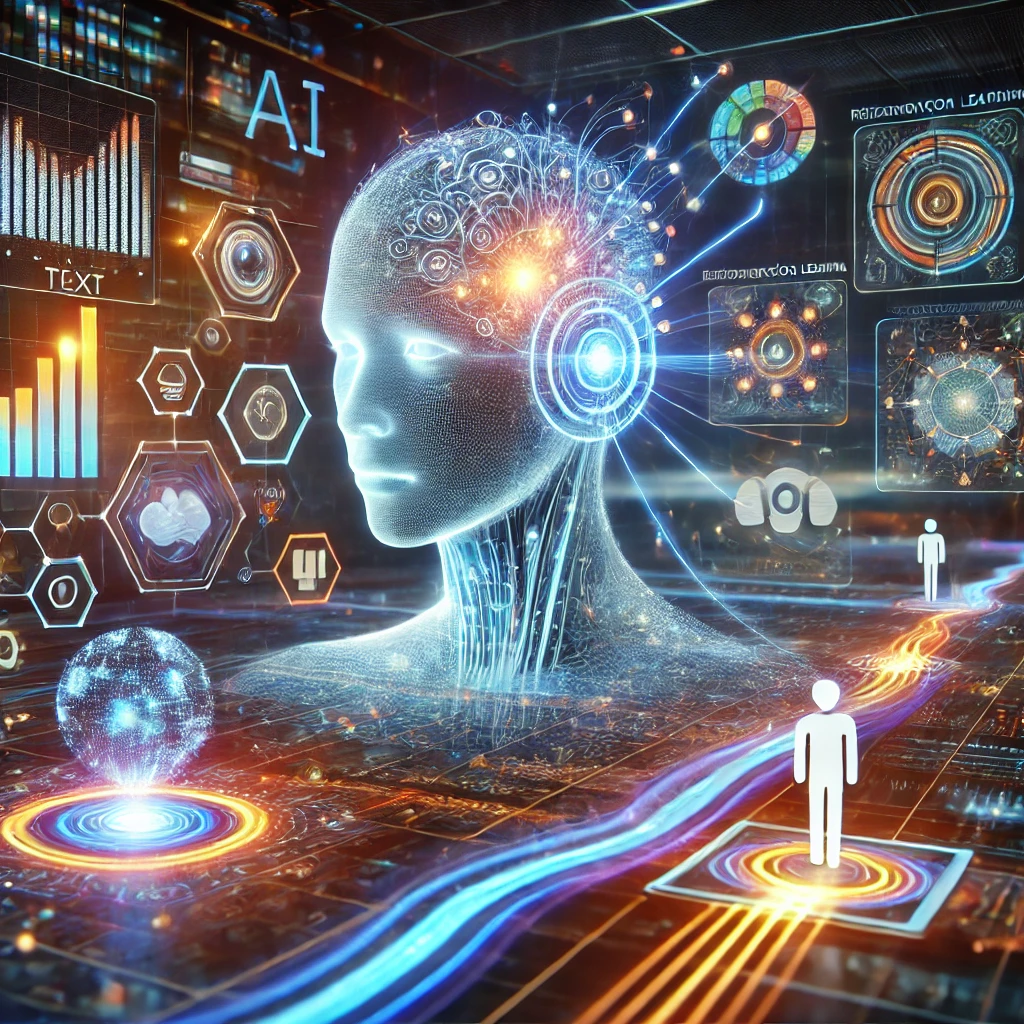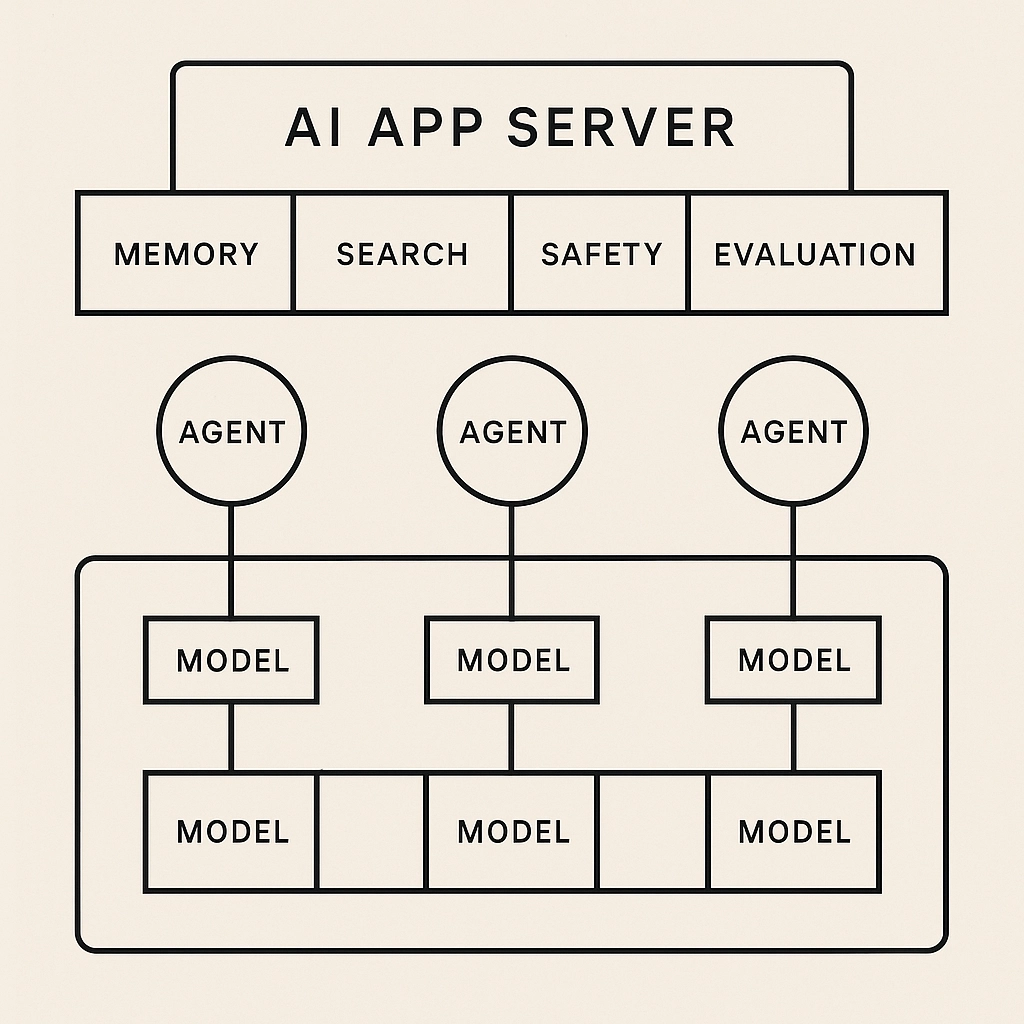LLM agents are quickly moving from clever demos to dependable co-workers. The biggest unlocks of the past year weren’t just bigger models—they were better training signals (how we teach agents to reason), tighter decision-making loops (how they plan and act), and richer modalities (how they see, hear, and operate computers). This post distills what’s changed and how to apply it in production.
1) Reinforcement learning is (finally) paying off—if you use the right rewards
Classical RLHF made models friendlier, but not necessarily better at multi-step reasoning. Newer methods focus directly on reasoning quality:
DPO (Direct Preference Optimization) replaces the two-stage reward-model + PPO pipeline with a single, stable objective. It’s now a default choice for preference-tuning because it’s simpler and surprisingly strong.
RLAIF (RL from AI Feedback) scales alignment when human labels are scarce by using stronger LMs as judges. It’s become practical for bootstrapping high-quality preferences at lower cost.
Process reward models (PRMs) score the steps of a solution, not just the final answer, giving agents a gradient toward better reasoning traces and fewer spurious shortcuts. PRMs materially improve math & code reasoning under both offline training and inference-time reranking.
RL for reasoning models: recent “reasoning-first” pipelines incentivize deliberate “think-then-answer” behavior; multi-stage SFT→RL or even RL-first approaches can induce strong reasoning skills.
What this means in practice
Start with DPO (or similar preference objectives) for stability; add PRM-based reranking or step-level rewards where your tasks have verifiable reasoning (math, code, tool-use).
Where data is tight, seed with RLAIF; then incorporate a small slice of human preferences on your hardest cases.
2) Decision-making: plan, act, and self-correct
Good agents separate reasoning from acting, and they verify themselves.
ReAct interleaves chain-of-thought with tool calls—still a strong baseline for tool-using agents.
Reflexion adds self-critique and memory to improve over repeated trials without weight updates—cheap gains for long-horizon tasks.
Language Agent Tree Search (LATS) introduces look-ahead (branching, scoring, pruning) that often outperforms single-trajectory methods in web & API environments.
A robust loop you can ship
Plan: draft a coarse plan; predict required tools/data.
Act: execute minimal, verifiable actions (APIs, code, browser).
Verify: score intermediate steps with PRM/validators; branch (LATS) if low-confidence; revise using Reflexion.
Commit only when evidence thresholds are met.
3) Multimodal agents grew up: real-time voice, vision, and “computer use”
Modern stacks make agents see screens, hear users, and operate apps:
Real-time multimodal I/O enables interactive voice/vision agents with low latency.
Long-context multimodal models support million-token-scale grounding across documents, meetings, and media.
Tool/computer-use capabilities provide first-class APIs for function calls and autonomous GUI control (screenshots, mouse/keyboard) to complete desktop tasks.
Applied takeaway: pick a primary interaction model (fast, streaming) and a deliberation model (slower, smarter) and route between them. Use “computer-use” or browser automation only when APIs are missing; keep humans in the loop for irreversible actions.
4) Synthetic data & curricula: teach the agent the tasks you actually care about
We now routinely “manufacture” supervision:
Self-Instruct kick-starts scalable, model-generated instruction datasets.
Evol-Instruct automatically raises task difficulty and diversity, a practical way to build agent-specific corpora (e.g., enterprise tools).
Layer these with execution feedback (did the tool call succeed? did tests pass?) to filter weak data before any fine-tuning.
5) Measuring progress: evaluate on environments, not just prompts
Static QA benchmarks won’t reveal planning failures. Use task environments:
Web/GUI tasks test long-horizon web actions; success rates remain far below human levels—ideal for tracking real gains.
General agent ability suites span multiple interactive domains and highlight gaps in long-term decision-making.
Software tasks stress code reasoning and tool use end-to-end.
Define metrics beyond “task success”: groundedness (evidence present), tool reliability, step cost, and human-approval rates for risky actions.
A reference blueprint (drop-in pattern)
Router
If audio/vision present → use a real-time multimodal model for I/O; else text LLM.
If high difficulty or low confidence → escalate to a more deliberate “reasoning” model with a larger thinking budget.
Reason-Act-Verify loop
Planning via ReAct; selective branching via LATS.
Tool calls return evidence objects (JSON).
PRM/validators score intermediate steps; Reflexion revises failed branches.
Training/retuning
Collect trajectories; rank with RLAIF or human prefs; tune with DPO.
Build a small PRM on your domain’s verifiable steps.
Ops
Gate deployments with environment-level tests (web flows or your internal task suites).
Track evidence coverage, tool error rates, P95 latency, and $/successful task.
Minimal “DPO-then-PRM-rerank” sketch
# Pseudocode (framework-agnostic)Closing thought
The frontier has shifted from “prompt a big model” to “engineer a learning and decision system.” If you (1) reward the right behaviors (DPO/RLAIF/PRM), (2) run a disciplined Reason-Act-Verify loop (ReAct + Reflexion + LATS), and (3) pick the right multimodal stack for your UI and tools, you’ll build agents that improve steadily and hold up under real workloads.






Comments